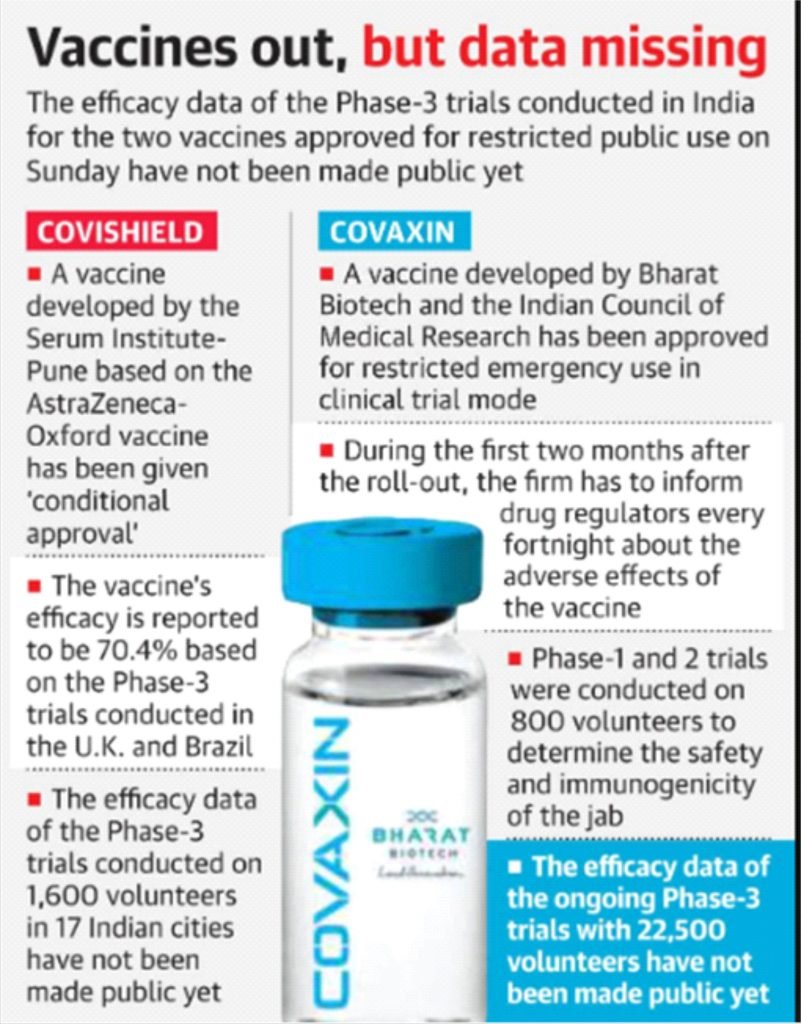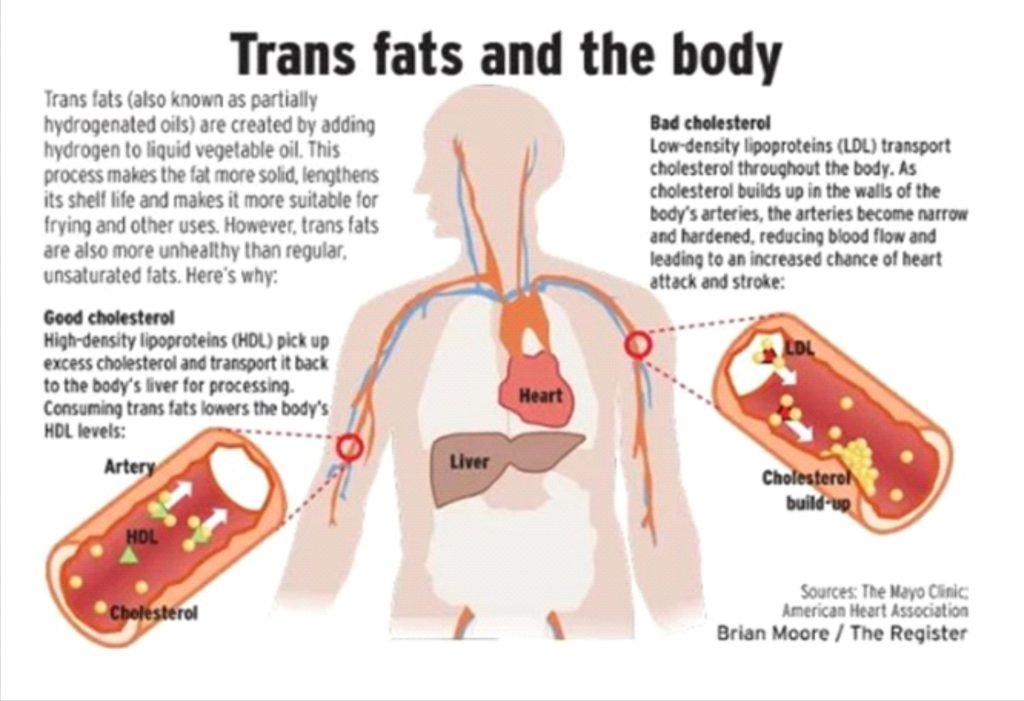Tamil culture
IN NEWS:
- The Department of Art, Culture & Language of the Delhi government set up and notified Tamil academy to promote Tamil language and culture.
ABOUT:
- The Tamil language and culture have a long tradition in the history of Indian culture as well as in Delhi.
- New academy will introduce various awards to promote and reward the good works of people in Tamil language and culture.
- The government will also provide language courses through this academy.
- The Delhi government will also celebrate and organise cultural festivals for the people of Tamil Nadu.
TAMIL CULTURE:
- The culture of the Tamil people is rooted in several forms of expression such as dance, music, literature, folk arts.
- Being the birthplace for one of the oldest civilisations, the Tamil identity and its culture is strongly centred around its language which is fondly referred to as the Tamilannai (The Tamil Mother).
- The Tamil language is recognised as a classical language by the Indian government and a lot of Tamil literature is centuries old. Works of Kambar and Thiruvalluvar have gained an international reputation.
- The most prominent visual art forms of the region are the Chola bronze sculptures and the Tanjore painting.
- Most Tamil dance forms have origins in the older temple dances, which were performed by Devdasis and courtesans. One of such dance forms is Bharatanatyam, which is a modern form of the ancient dance of Catir Kacceri.
- Some other important dances from the culture are Oliyattam, Puliyattam, Karakattam, and Koothu.
Banana grit for that good gut feeling
IN NEWS:
- Scientists at the CSIR-National Institute for Interdisciplinary Science and Technology (NIIST) in Kerala introduced a new product, Banana Grit, developed from raw Nendran bananas.
ABOUT:
- Banana Grit can be used for making a wide range of dishes. It bears a resemblance to ‘rava’ and broken wheat.
- Nendran banana is consumed ripe and it also used in typical Kerala dishes such as ‘avial’ and ‘thoran’ The grit, or granules, can be used for making upma, or it can be mixed with banana powder for making porridge with milk or coconut milk for use as a health drink. Banana powder can be used in cake and bread preparation, along with refined wheat flour.
SIGNIFICANCE:
- The concept was introduced to utilise the presence of resistant starch in bananas, which is reported to improve gut health. Hence, the dishes prepared with Banana Grit and its byproduct banana powder incline to the new focus on gut health.
- Developing new uses for Nendran also comes as a boon to farmers who have often been struggling against falling prices.
Iran plans to enrich uranium
IN NEWS:
- International Atomic Energy Agency (IAEA) has revealed that Iran plans to enrich uranium to up to 20 percent purity, a level it achieved before its 2015 accord, at its Fordow site buried inside a mountain.
ABOUT:
- Iran was prohibited enrichment at the Fordo facility until 2031. It also committed to converting the underground facility into a nuclear, physics and technology centre.
- Fordow was built inside a mountain, apparently to protect it from aerial bombardment, and the 2015 deal does not allow enrichment there.
- Iran is already enriching at Fordow with first-generation IR-1 centrifuges.
- The move is the latest of several recent announcements by Iran to the International Atomic Energy Agency that it plans to further breach the deal, which it started violating in 2019 in retaliation for Washington’s withdrawal from theJCPOA agreement and the reimposition of United States sanctions against Tehran.
- It would take Iran’s nuclear enrichment program to pre-2015 levels, when it entered the Joint Comprehensive Plan of Action (JCPOA) with the P5+1 countries.
Quantum Random Number Generator
IN NEWS:
- The DRDO Young Scientist Laboratory for Quantum Technologies (DYSL-QT), a DRDO facility based in Mumbai, has developed a fiber-optic branch path based Quantum Random Number Generator (QRNG).
Quantum Random Number Generator (QRNG):
- It has the ability to detect random quantum events and convert those into a stream of binary digits.
- It relies on the principle that if a single photon falls on a balanced beam splitter, it will take either of the beam-splitter output paths randomly. As the path chosen by the photon is random, the randomness is translated to a sequence of binary digits, also called bits.
ROLE OF RANDOM NUMBERS:
- They have essential roles in various fields ranging from quantum communication, cryptography applications like key generation, key wrapping, authentication along with scientific simulations, lotteries and fundamental physics experiments.
- The generation of perfect randomness is generally considered impossible with classical methodologies.
- Quantum mechanics has the inherent potential of providing true random numbers and thus has become the preferred option for scientific applications requiring randomness.
SIGNIFICANCE:
- Now, India enters the club of countries which have the technology to achieve the generation of random numbers based on the Quantum Phenomenon.
India approves two COVID19 Vaccines for emergency use
IN NEWS:
- Two of the leading coronavirus vaccine contenders in India like Oxford-Astra Zeneca’s coronavirus vaccine Covishield, manufactured by Serum Institute of India and Bharat Biotech’s COVID vaccine Covaxin have been granted approval for restricted use.
ABOUT:
- The Central Drugs Standard Control Organisation (CDSCO) gave its approval followed by the recommendation of the Subject Expert Committee (SEC) that recommended both the vaccines for emergency use.
- The Central government plans to vaccinate nearly 30 crore people in the first phase of drive in the next six to eight months.
- The vaccine will be first offered to one crore healthcare workers, along with two crore frontline and essential workers and 27 crore elderly, mostly above the age of 50 years with co-morbidities.
- Pune-based Serum Institute of India has partnered with Oxford-Astra Zeneca for conducting clinical trials and manufacturing ‘Covishield’, while Bharat Biotech has collaborated with the Indian Council of Medical Research (ICMR) for ‘Covaxin’.
- Oxford-AstraZeneca vaccine will play a major role in India’s plan to vaccinate its population against Covid-19 due to several factors — low-cost, ease of storage and transport.
- As far as Bharat Biotech’s Covaxin is concerned, it is India’s first indigenous vaccine for coronavirus. The inactivated virus vaccine is being developed in collaboration with the Indian Council of Medical Research (ICMR) and the National Institute of Virology (NIV).

Forex reserves
IN NEWS:
- India’s foreign exchange reserves have increased by over $103 billion in the current fiscal, as of 25 December 2020. It will surpass by March 2021 the all-time-high increase of $110.5 billion recorded in 2007-08.
ABOUT:
- The situation is gloomy on the economic front with the GDP growth in the contraction mode for the first time in 40 years and manufacturing activity and trade are at standstill.
- The economy has contracted by 14.9 per cent year-on-year in April-September 2020-21 and the Reserve Bank of India (RBI) expects growth for the whole fiscal to be -7.5 per cent (on top of a dismal 3.9 per cent for 2019-20).
- Nor are government finances in great shape, with the most optimistic projection of the Centre’s fiscal deficit for 2020-21 at 6.5-7 per cent of GDP (as against the budgeted 3.5 per cent).
WHAT ARE FOREX RESERVES?
- Forex reserves are external assets in the form gold, SDRs (special drawing rights of the IMF) and foreign currency assets (capital inflows to the capital markets, FDI and external commercial borrowings) accumulated by India and controlled by the Reserve Bank of India.
- The major reason for the rise in forex reserves is the rise in investment in foreign portfolio investors in Indian stocks and foreign direct investments (FDIs).
- The rising forex reserves give a lot of comfort to the government and the Reserve Bank of India in managing India’s external and internal financial issues at a time when the economic growth is set to contract.
- It’s a big cushion in the event of any crisis on the economic front and enough to cover the import bill of the country for a year. The rising reserves have also helped the rupee to strengthen against the dollar.
- The foreign exchange reserves to GDP ratio is around 15 per cent. Reserves will provide a level of confidence to markets that a country can meet its external obligations, demonstrate the backing of domestic currency by external assets, assist the government in meeting its foreign exchange needs and external debt obligations and maintain a reserve for national disasters or emergencies.
Lithium reserves
IN NEWS:
- India in the recent years started reaching out to the ‘Lithium Triangle’ in South America. In 2019, Khanij Bidesh India Ltd inked a pact with an Argentine firm to jointly prospect lithium in the South American country.
ABOUT:
- South American country has the third largest reserves of the silver-white alkali metal— a crucial building block of the lithium ion rechargeable batteries that power electric vehicles (EVs),laptops and mobile phones.
COMPANY:
- The new company, Khanij Bidesh India Ltd was incorporated in August, 2019 with a specific mandate to acquire strategic mineral assets such as lithium and cobalt abroad.
- It is a consortium of three PSU companies including: National Aluminum Company (NALCO), Hindustan Copper (HCL) and Mineral Exploration Corp Ltd., (MECL).
- The Consortium that has been formed by the Ministry of Mines, Government of India, for identifying, exploring, acquiring, developing and processing strategic minerals overseas.
LITHIUM EXPLORE:
- Now, India is exploring options in Chile and Bolivia, two other top lithium-producing countries.
- Currently, India is heavily dependent on import of these cells and the move to ink sourcing pacts for lithium is seen as another economic offensive against China, which is a key source of both the raw material and cells.
- India is seen as a late mover as it attempts to enter the lithium value chain, coming at a time when EVs are need of an hour and India has set a target on achieving an all-electric car fleet by 2030.
- 2021 is likely to be an inflection point for battery technology, with several potential improvements to the Li-ion technology, and alternatives to this tried- and-tested formulation, under advanced stages of commercialisation.

China amends defence law
IN NEWS:
- China amended its National Defence Law, giving the Central Military Commission (CMC), headed by President, greater sway in mobilising resources to protect a new and broader definition of what constitutes the national interest.
ABOUT:
- The change comes amid a push for closer civil-military fusion, with a target to make China’s army a “world class” military, or on par with the United States military, by 2049, when China turns 100.
- The revised regulations on military equipment focus on “war preparedness and combat capabilities”.
- This step will transfer some decision-making previously exercised by the State Council, or cabinet, that runs the government, to the CMC. The broader goal is to speed up the modernisation plans Army.
- Theater commands would also be given a greater role “to provide the direction for the future development of weaponry based on the demand of winning a future war.”
- The amendment underlines the need “to build a nationwide coordination mechanism for the mobilisation of state-owned and private enterprises to take part in research into new defence technologies covering conventional weapons, as well as the non-traditional domains of cybersecurity, space and electromagnetics.”
SIGNIFICANCE:
- It broadened the scope of key security fields beyond land borders, maritime and air defence and includes outer space and electromagnetic networks.
- It would “weaken the role of the State Council” in “formulating military policy” by “handing decision-making powers to the CMC”.
- The new moves have “expanded the power” of the CMC “to mobilise military and civilian resources in defence of the national interest, both at home and abroad”.
- The revised regulations would push Chinese military development “in two major aspects”, push faster research and development as well as improve management of existing military equipment.
- China “will participate in global security governance, join multilateral security talks and set up a set of international rules that is widely accepted, fair and reasonable”.
- The CMC is now formally in charge of making national defence policy and principles, while the State Council becomes a mere implementing agency to provide support to the military.
Trans fat levels in foods
IN NEWS:
- The Food Safety and Standards Authority of India (FSSAI) amended to the Food Safety and Standards (Prohibition and Restriction on Sales) Regulations. Now, it has capped the amount of trans fatty acids (TFA) in oils and fats to 3% for 2021 and 2% by 2022 from the current permissible limit of 5% through an amendment.
ABOUT:
- FSSAI, in 2020, issued a draft on the subject for consultation with stakeholders. The revised regulation applies to edible refined oils, vanaspati (partially hydrogenated oils), margarine, bakery shortenings, and other mediums of cooking such as vegetable fat spreads and mixed fat spreads.
- While the regulation comes into effect immediately, industry players were made to take a pledge back in 2018 that they would comply with WHO’s call for action to reduce TFA by 3% by 2021 allowing them three years to comply with the latest regulation.
- It was in 2011 that India first passed a regulation that set a TFA limit of 10% in oils and fats, which was further reduced to 5% in 2015.
TRANS FATS:
- These are the most harmful type of fats which can have much more adverse effects on our body than any other dietary constituent.
- Trans fats are associated with increased risk of heart attacks and death from coronary heart disease. As per the World Health Organisation (WHO), approximately 5.4 lakh deaths take place each year globally because of intake of industrially produced trans fatty acids. The WHO has also called for global elimination of trans fats by 2023.

SIGNIFICANCE:
- The FSSAI rule comes at the time of a pandemic where the burden of non-communicable diseases has risen. Cardiovascular diseases along with diabetes are proving fatal for COVID-19 patients.
WAY AHEAD:
- The regulation must not be restricted to oils and fats, but must apply to all foods. FSSAI will probably address this as well before January 2022 to eliminate chemical trans fatty acids from the Indian platter.
Delhi-Meerut RRTS corridor
IN NEWS:
- Shanghai Tunnel Engineering Company will build a 5.6-km underground stretch of the upcoming Delhi-Meerut RRTS project between New Ashok Nagar and Sahibabad.
ABOUT:
- The National Capital Region Transport Corporation (NCRTC) is executing the country’s first Delhi-Ghaziabad-Meerut Regional Rapid Rail Transit System (RRTS) project.
- The 82-km-long Delhi-Ghaziabad-Meerut RRTS corridor is being funded by the Asian Development Bank (ADB) and procurement is governed by the guidelines of the bank and the government.
- The 17-km priority corridor of the Delhi-Meerut RRTS from Sahibabad to Duhai will be operational in 2023 and the entire corridor will be operational in 2025.
- The cost of the entire corridor has been pegged at Rs 3,0724 crore out of which, the UP government’s share will be Rs 6,500 crore. Once completed, trains with an average speed of 100kmph will cover the 82km distance in 55 minutes


